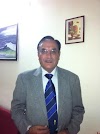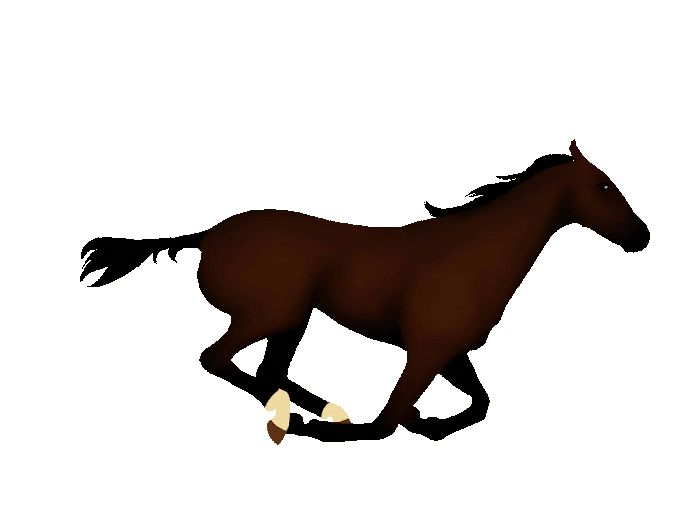DOWN THE LINE - THE MAHALAKSHMI RACE COURSE
The Club had acquired a land parcel in Byculla (a few kilometres from Mahalaxmi) for horse racing and the balcony of a clubhouse was used as a private stand for members. Races were held here for a major part of the 19th century, till 1883, when the racecourse was transferred to a 226-acre plot of reclaimed land known as Mahalaxmi flats.
Tracing the history of horse racing at Mumbai's Mahalaxmi Racecourse
This huge step forward was taken by the late Sir Cusrow N. Wadia, who had the vision, money and desire to transform a marshland into a showpiece. He advanced an interest-free loan to the club to build the racecourse and grandstands, which were modelled after a racecourse in Melbourne under the supervision of Major J.E.Hughes, the then secretary of the Western India Turf Club. In 1935, the name was changed to the Royal Western India Turf Club (RWITC), after King George V, the then emperor of India, granted permission to add the prefix “royal” to the club’s name.
The Mahalaxmi Racecourse has a 2,400-metre oval racetrack, with the longest straight of 600 m (from final bend up to the winning post) in the country. The beauty of its grandstands, a designated heritage structure, is that the spectators can view the whole mile-and-a-half race by sitting in one place without any obstruction. The racecourse land is now owned by the Brihanmumbai Municipal Corporation and partly the State government.
The betting story
RWITC records show that up to 1912, betting was accepted only by bookmakers. The then government of the presidency thereafter abolished bookmakers and introduced the tote monopoly. The tote is a system of betting based on the use of totalisators managed by the club in which dividends are calculated according to the amount staked rather than the odds offered. After that the common man had easy access to place their bets and footfall at the racecourse increased.
In 1925, an electrically operated tote was installed by the Automatic Totalisators company of Australia. This facilitated the creation of the most popular form of tote betting, the jackpot pool, which was another crowd puller. The pool was an immediate success and in December 1971, a record dividend of over ₹48 lakh, which was tax-free at that time, was won by Bollywood lyricist Rajendra Kishan.
In recent times, the jackpot pool collection has increased after collections from Mumbai and Pune were combined with those from other centres like Bangalore, Hyderabad and Madras race clubs. In February last year, on the derby day at Mumbai, the jackpot pool reached an all time high, when RWITC added ₹1 crore to the combined collection. The total collection of the combined jackpot pool on that day swelled to ₹2.32 crore.
The common Mumbai-Pune betting totalisator was set up in 1967, where all voice announcements heard at the active centre are relayed to the ghost centre. Further progress was made in 1974, when a pioneering effort in inter-State, inter-venue betting operations was made by accepting betting in Mumbai and Pune on the races held in Bangalore. Currently, the club operates inter-venue betting with all the centres in the country.
Evening races
A new chapter was added to horse racing in India on January 9, 2016, when evening racing was introduced in the country. This came after the successful preliminary run of the evening races in April 2015, an initiative of Ram Shroff under the leadership of K.N. Dhunjibhoy.
In 2016, Zavaray Poonawalla, chairman of RWITC, won the bid of ₹1.15 crore as a sponsor to the title rights of evening racing and hosted 19 evening race-days during that Mumbai season. The feature event of the opening day was the ‘Zavaray Poonawalla Evening Racing Triple Million’ — a race which offered ₹3 million as prize-money, and a glittering trophy worth ₹1 million to be presented to the winning connections. Since then, the Mahalaxmi Racecourse is the only racing centre in India where night racing is held and RWITC makes sure to conduct few evening races during the Mumbai racing season every year.





0 Comments